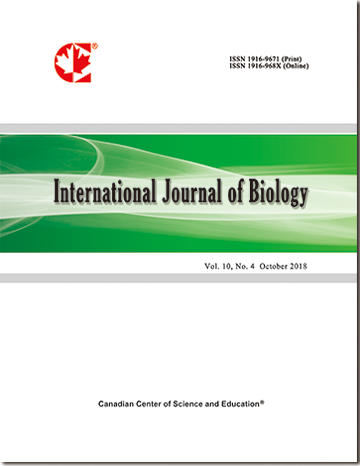Menopause, Hormonal Changes and Osteoporosis among Women in Region of the Western Macedonia
- Albulena Beadini
- Sheqibe Beadini
- Sadi Bexheti
- Nexhbedin Beadini
Abstract
Menopause is known as the end of natural transition in a woman’s reproductive life. Otherwise, is the period when progesterone and estrogen production is significantly reduced. The ovaries forbid the cell production and woman loses the ability of getting pregnant. Menopause is defined a period after 12 months without a menstrual cycle or even more.
Osteoporosis is defined as bone tissue disorder characterized by loss of bone mass and bone structure disorder, enabling increased risk for fracture and bone fracture in general. Osteoporosis is considered the most prevalent disease around the age of 50.
The prevalence of this disease on the basis of the most pronounced gender is in females compared to males, respectively a ratio of 3:1 (WHO, 2010).
It is known that loss of osteoarthritis occurring in women during premenopausal is related to estrogen deficiency and the lack of hormonal imaging character that occurs in women during menopause and premenopause.
Status of vitamin D plays a key role in bone health and early prevention of vitamin D deficiency disorders of rakitis and osteomalacia are very important but may also have a low vitamin D implication bone loss, muscle weakness and reduced fractures in older people and these are very important in public health issues in terms of morbidity, quality of life and costs for health services.
- Full Text:
 PDF
PDF
- DOI:10.5539/ijb.v11n4p9
Index
- ACNP
- AGRICOLA
- BASE (Bielefeld Academic Search Engine)
- CAB Abstracts
- CiteFactor
- CNKI Scholar
- CrossRef
- DTU Library
- Elektronische Zeitschriftenbibliothek (EZB)
- Excellence in Research for Australia (ERA)
- Google Scholar
- Infotrieve
- LIVIVO (ZB MED)
- LOCKSS
- Max Planck Institutes
- MIAR
- PKP Open Archives Harvester
- Qualis/CAPES
- ResearchGate
- ROAD
- SafetyLit
- SHERPA/RoMEO
- Technische Informationsbibliothek (TIB)
- Universe Digital Library
- WorldCat
Contact
- Ryan JonesEditorial Assistant
- ijb@ccsenet.org
